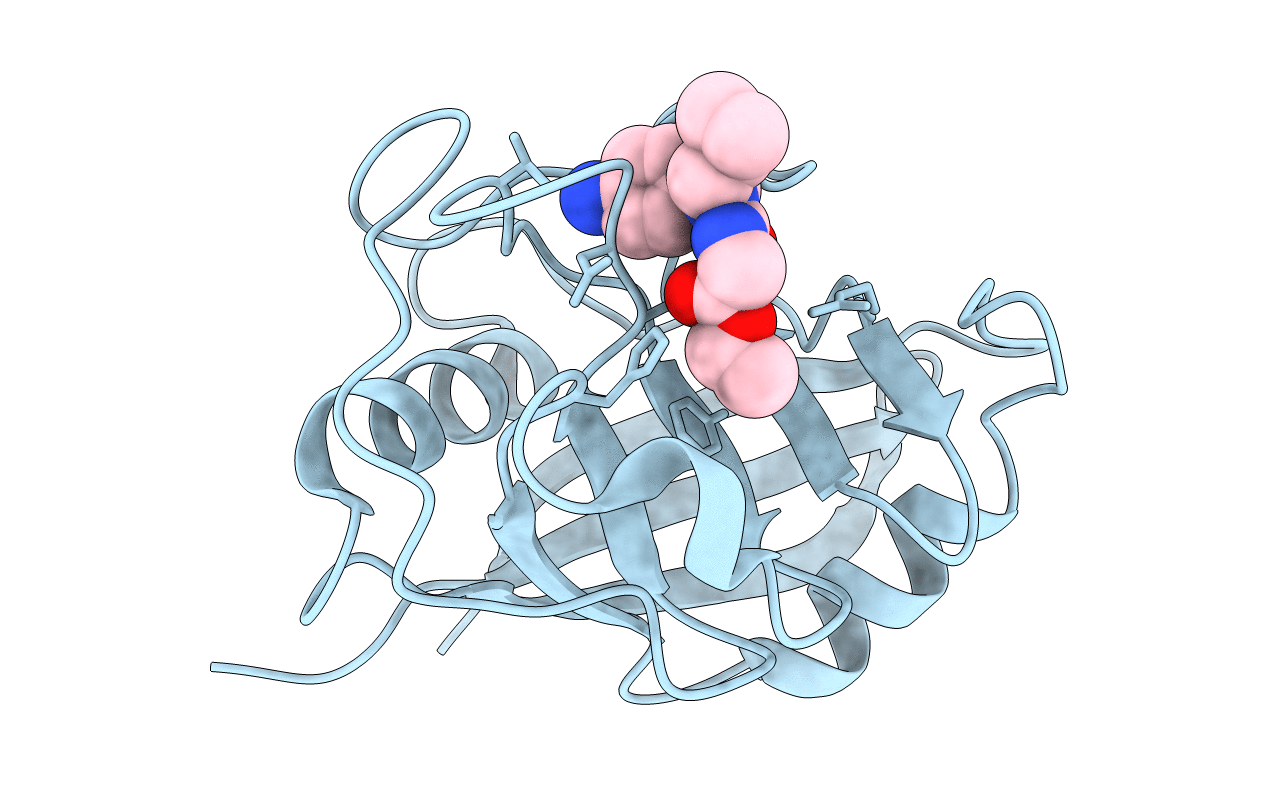
Deposition Date
2018-05-16
Release Date
2018-11-07
Last Version Date
2024-01-17
Method Details:
Experimental Method:
Resolution:
1.94 Å
R-Value Free:
0.23
R-Value Work:
0.17
R-Value Observed:
0.17
Space Group:
P 21 21 21


